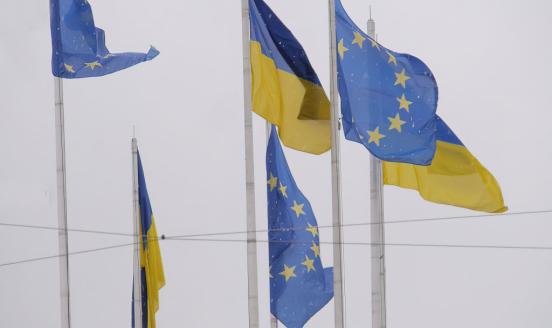Collapse of the Ruble zone and its lessons
This essay, published by CESifo, aims to summarise the experiences of the two monetary disintegration episodes, i.e. termination of settlements in TR
This essay, published by CESifo, aims to summarise the experiences of the two monetary disintegration episodes, i.e. termination of settlements in TR since 1 January 1991 and the gradual collapse of the Soviet ruble area in 1990–1993. The second section of this paper is devoted to demise of CMEA and TR. The third section describes the collapse of the ruble area in the former USSR based on my earlier publication (Dabrowski 1995). The fourth section analyses macroeconomic consequences of monetary disintegration in the former USSR; and the fifth section examines the policy lessons that can be drawn from both episodes.



